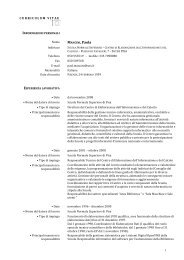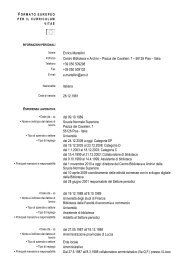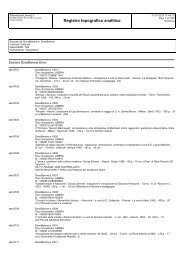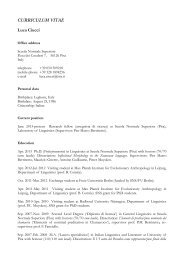Metrics of curves in shape optimization and analysis - Andrea Carlo ...
Metrics of curves in shape optimization and analysis - Andrea Carlo ...
Metrics of curves in shape optimization and analysis - Andrea Carlo ...
You also want an ePaper? Increase the reach of your titles
YUMPU automatically turns print PDFs into web optimized ePapers that Google loves.
In the case <strong>of</strong> planar <strong>curves</strong> c 1 , c 2 , we can apply to above idea to def<strong>in</strong>e2.1.2 Shape averagesd(c 1 , c 2 ) = ∣ ∣˚c1 ∆˚c 2∣ ∣ .Many def<strong>in</strong>itions have also been proposed for the average ¯c <strong>of</strong> a f<strong>in</strong>ite set <strong>of</strong><strong>shape</strong>s c 1 , . . . , c N . There are methods based on the arithmetic mean (that arerepresentation dependent).• One such case is when the <strong>shape</strong>s are def<strong>in</strong>ed by a f<strong>in</strong>ite family <strong>of</strong> Nparameters; so we can def<strong>in</strong>e the parametric or l<strong>and</strong>mark averag<strong>in</strong>g¯c(p) = 1 NN∑c n (p)n=1where p is a common parameter/l<strong>and</strong>mark.• More <strong>in</strong> general, we can def<strong>in</strong>e the signed distance level set averag<strong>in</strong>gby us<strong>in</strong>g as a representative <strong>of</strong> a <strong>shape</strong> its signed distance function, <strong>and</strong>comput<strong>in</strong>g the average <strong>shape</strong> by¯c = { x | ¯b(x) = 0 } , where ¯b(x) = 1 NN∑b cn (x)where b cn is the signed distance function <strong>of</strong> c n ; or <strong>in</strong> case <strong>of</strong> planar <strong>curves</strong>,<strong>of</strong> the part <strong>of</strong> plane enclosed by c n .Then there are non parametric, representation <strong>in</strong>dependent, methods. The(possibly) most famous one is theDef<strong>in</strong>ition 2.4 The distance-based average. 2 Given a distance d M between<strong>shape</strong>s, an average <strong>shape</strong> ¯c may be found by m<strong>in</strong>imiz<strong>in</strong>g the sum <strong>of</strong> its squareddistances.N∑¯c = arg m<strong>in</strong> d M (c, c n ) 2cn=1It is <strong>in</strong>terest<strong>in</strong>g to note that <strong>in</strong> Euclidean spaces there is an unique m<strong>in</strong>imum,that co<strong>in</strong>cides with the arithmetic mean; while <strong>in</strong> general there may be nom<strong>in</strong>imum, or more than one.2.1.3 Pr<strong>in</strong>cipal component <strong>analysis</strong> (PCA)Def<strong>in</strong>ition 2.5 Suppose that X is a r<strong>and</strong>om vector tak<strong>in</strong>g values <strong>in</strong> lR n ; letX = E(X) be the mean <strong>of</strong> X. The pr<strong>in</strong>cipal component <strong>analysis</strong> is therepresentation <strong>of</strong> X asn∑X = X + Y i S ii=12 Due to Fréchet, 1948; but also attributed to Karcher.n=19


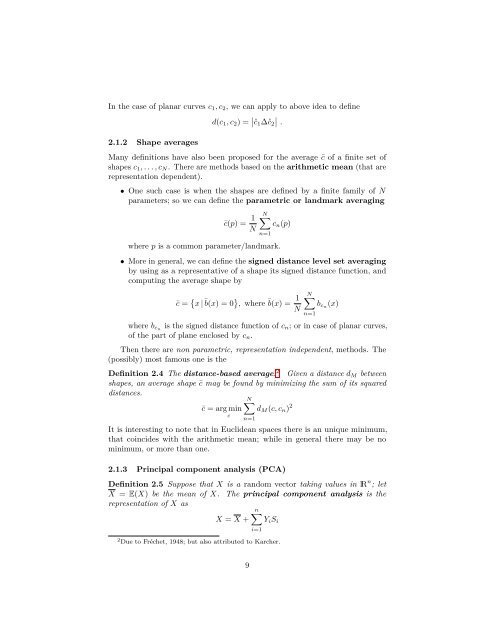

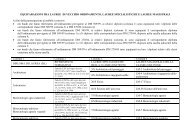
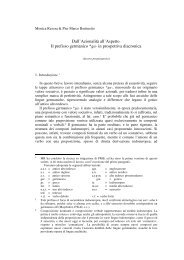
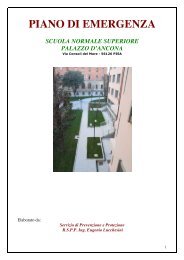
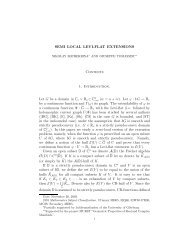
![4. Ghost [Å] vowels in French - Laboratorio di Linguistica](https://img.yumpu.com/49999334/1/184x260/4-ghost-a-vowels-in-french-laboratorio-di-linguistica.jpg?quality=85)



